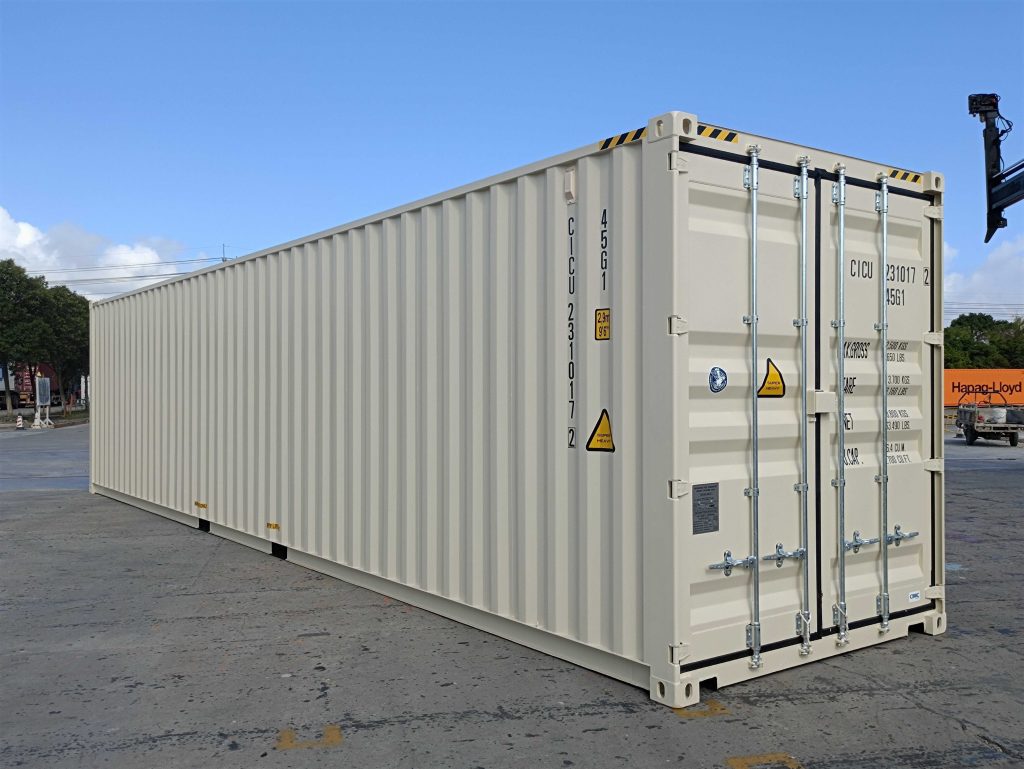Shipping Container Manufacturers's History History Of Shipping Container Manufacturers

The Rise of Shipping Container Manufacturers: An Overview
Recently, shipping containers have actually transcended their initial purpose of transportation, getting appeal in various sectors such as housing, retail, and temporary storage. This advancement has led to a burgeoning market for shipping container manufacturers. cogcontainersltd supplies a helpful appearance into the shipping container production market, detailing the types of containers produced, essential manufacturers, and worldwide trends, while addressing typical questions about the industry.
Understanding Shipping Containers
Shipping containers are standardized steel boxes created to transport goods efficiently and safely throughout different modes of transport, including ships, trucks, and trains. They are available in various sizes, with the most typical being the 20-foot and 40-foot containers.
Kinds Of Shipping Containers
| Container Type | Description | Typical Uses |
|---|---|---|
| Requirement Container | A basic container developed for general cargo. | Shipping items, storage. |
| High Cube Container | Comparable to basic but taller, offering additional vertical space. | Keeping larger products, machinery. |
| Refrigerated Container | Insulated containers with built-in refrigeration for temperature-sensitive items. | Shipping perishables. |
| Open Top Container | Contains no top, enabling high loads that can not fit through the doorway. | Transferring heavy equipment. |
| Flat Rack Container | A flat platform for big cargo that does not suit regular containers. | Heavy and large devices. |
| Tank Container | Created for transporting liquids and gases. | Chemicals, food products. |
Secret Shipping Container Manufacturers
The worldwide shipping container production industry is dominated by a couple of crucial players. Below is a table describing a few of the most popular manufacturers, highlighting their production capacity and item offerings.
| Manufacturer | Nation | Annual Production Capacity | Specialization |
|---|---|---|---|
| Maersk Container Industry | Denmark | 300,000+ containers | Requirement and refrigerated. |
| CIMC (China International Marine Containers) | China | 700,000+ containers | All types, including custom styles. |
| Dong Fang International Container | China | 200,000+ containers | Requirement and high cube. |
| Singamas Container Holdings | Hong Kong | 280,000+ containers | Standard, refrigerated, and unique function. |
| T.Container | Turkey | 150,000+ containers | Used containers, shipping, and storage solutions. |
Manufacturing Process
Shipping container manufacturing includes several crucial stages:
- Steel Cutting: Raw steel sheets are cut into the required dimensions for container walls, roofs, and floors.
- Formation: The cut steel is then formed into the container's structure.
- Welding: The different parts are welded together to form a tough container.
- Painting and Coating: A protective finish is used to prevent rust and weather damage, often featuring business branding.
- Assessment: Finally, the containers undergo extensive examination to guarantee they meet worldwide shipping standards.
Patterns Influencing the Industry
The shipping container production industry is affected by various patterns, that include:
1. Sustainability Initiatives
Increasing focus on sustainable practices has actually prompted manufacturers to adopt environment-friendly materials and procedures. Lots of manufacturers are now recycling old containers, reconditioning them for new usages.
2. Personalization
The increase in need for non-standard shipping solutions has actually resulted in an increase in custom container designs. This is especially prevalent in the housing sector, where companies develop cost effective housing solutions using modified containers.
3. Technological Advancements
The intro of automated processes in production has caused increased performance and decreased expenses. In addition, digital tracking technologies in transport are improving logistics.
4. Growing Demand in Emerging Markets
Emerging economies are experiencing fast facilities development, leading to a higher demand for shipping containers for construction, retail, and storage.
Regularly Asked Questions
Q1: What is the lifespan of a shipping container?
A1: A properly maintained shipping container generally lasts 25 to 30 years. However, its life can be extended through appropriate care and upkeep.
Q2: Can shipping containers be modified for residential usage?
A2: Yes, shipping containers can be modified into livable areas. Lots of designers and contractors have effectively changed containers into homes, offices, and stores.
Q3: Are there various shipping container accreditations?
A3: Yes. Containers should fulfill certain ISO (International Organization for Standardization) requirements to guarantee they are safe and appropriate for worldwide shipping.
Q4: How are used shipping containers sourced for sale?
A4: Used containers are usually acquired from shipping business, which offer containers that are no longer in service. They are checked and repaired before resale.
Q5: What are the costs related to acquiring a shipping container?
A5: Costs can vary widely based on the type, condition, and modifications of the container. Prices usually vary from ₤ 1,500 to ₤ 5,000 for used containers, while new containers can start at around ₤ 3,000 and increase from there.
The landscape of shipping container manufacturing is developing, driven by sustainability, technological improvements, and diversifying applications. As industries continue to explore innovative usages for shipping containers, manufacturers will require to adjust to changing demands and remain at the forefront of effective production practices. Comprehending the subtleties of this market can assist possible purchasers and financiers make informed choices, whether they are looking to buy a container for shipping functions or repurposing it for an ingenious new job. The future of shipping containers is brilliant, and understanding these aspects is essential to browsing the market effectively.

